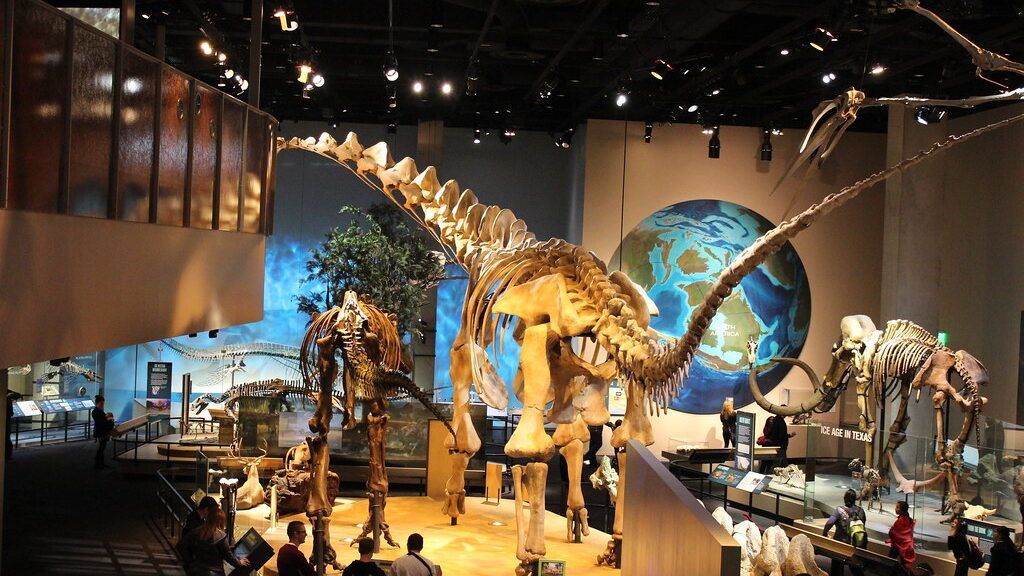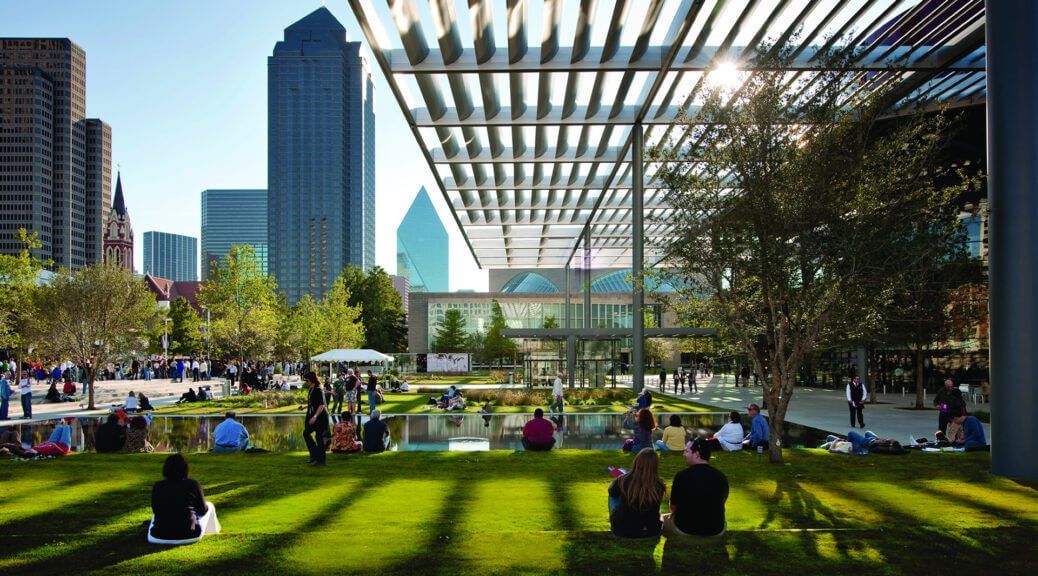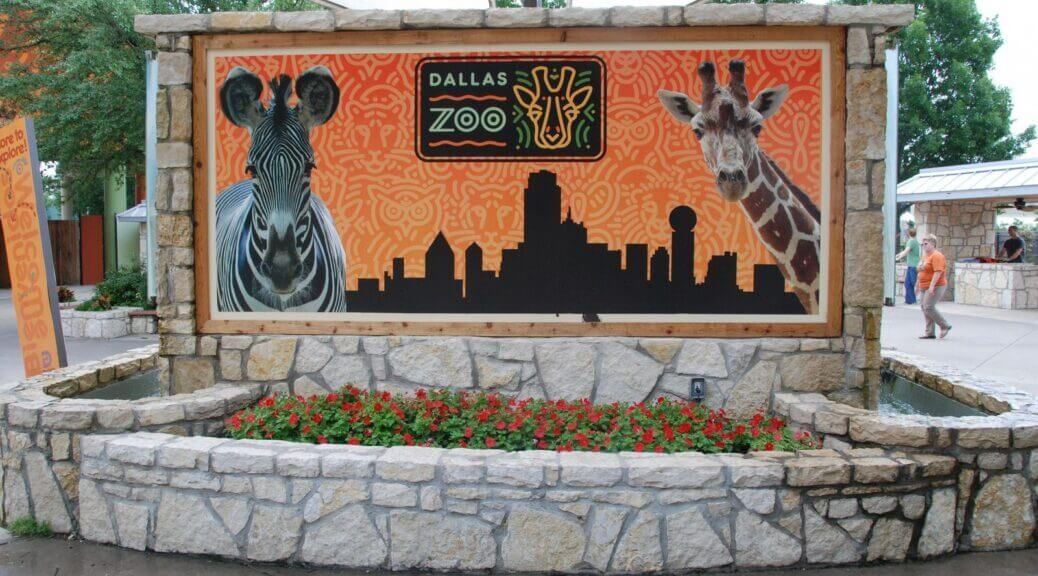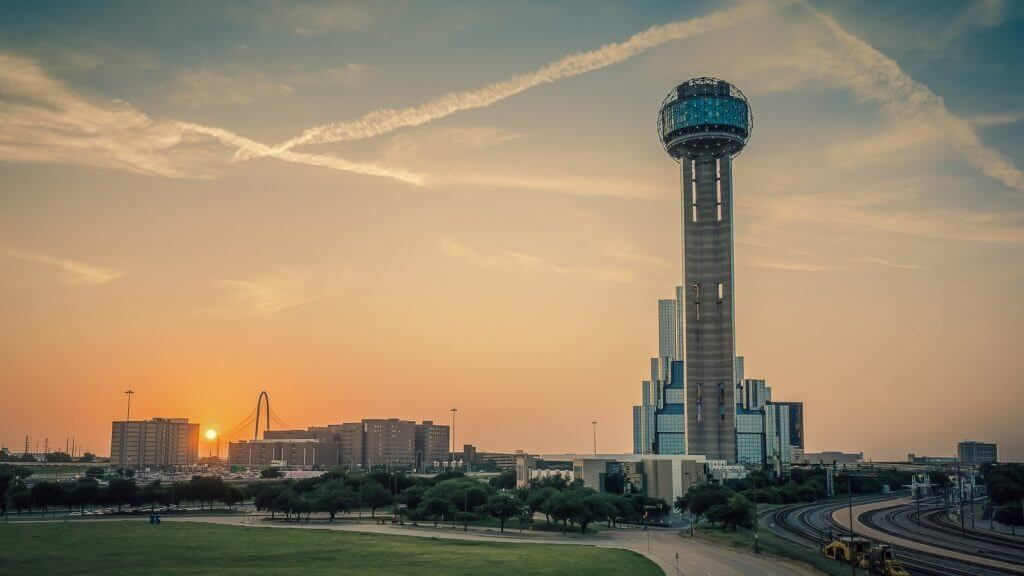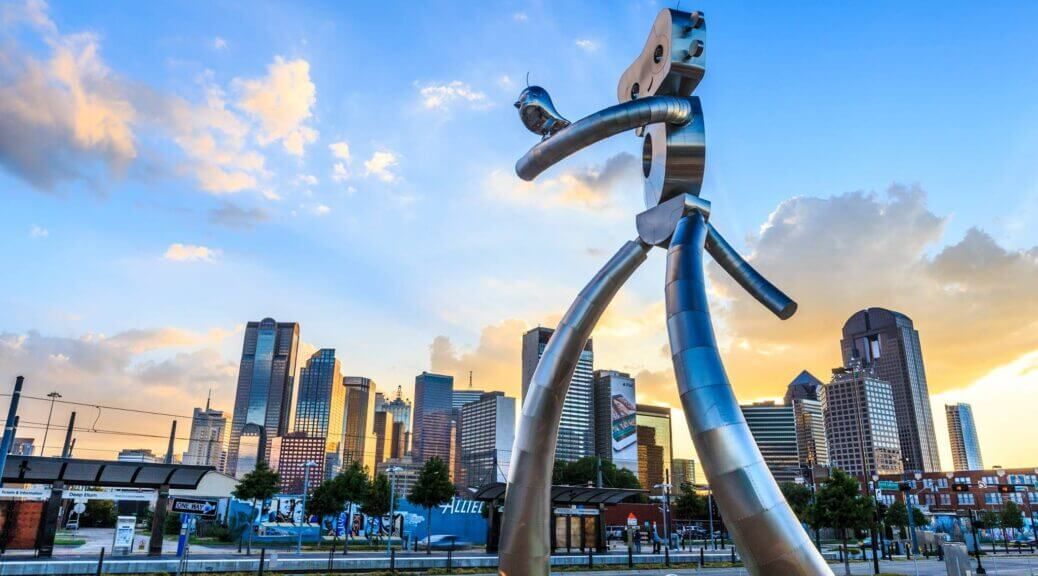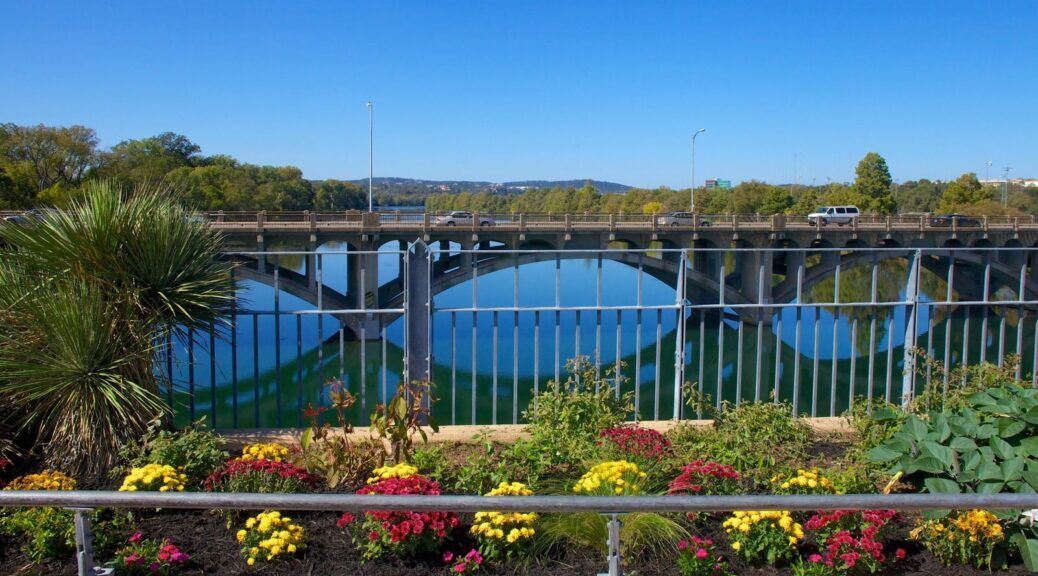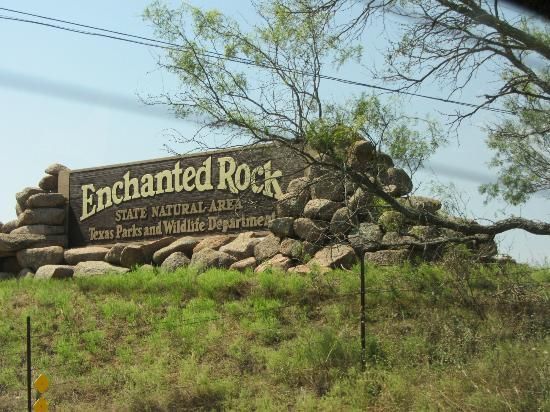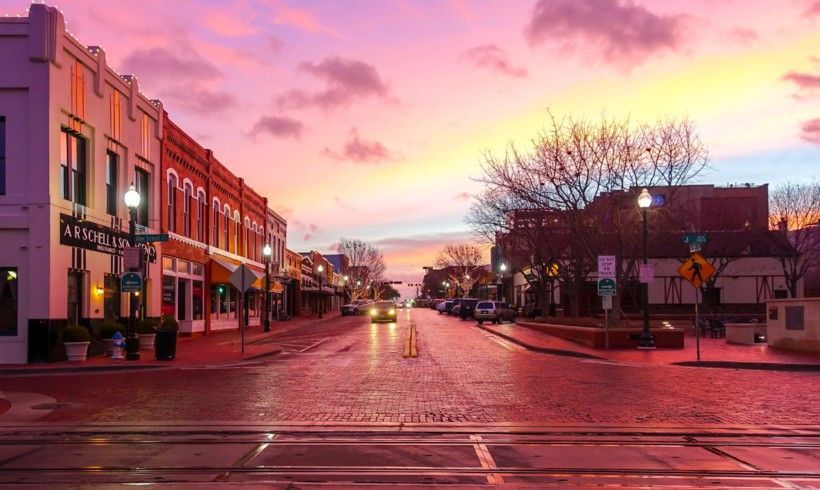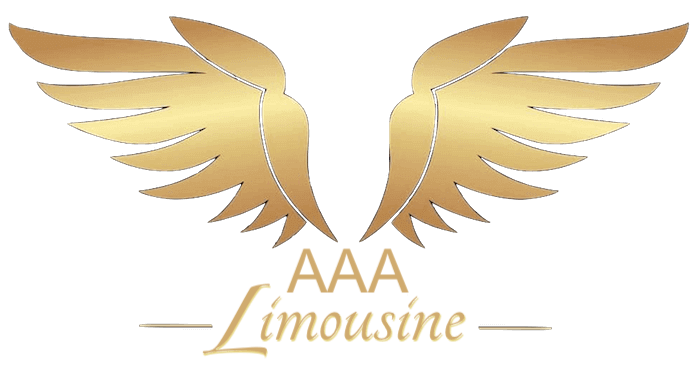McKinney sights (Texas)
Do you like to wander around vintage stores, where you can unexpectedly find items that your Russian grandmother also used, such as a cast-iron iron, a washboard, or an antique porcelain cup? Sitting at a table in a cafe right on the street and drinking coffee, iced tea – the drink of the southern states that quenches thirst so well in the hot afternoons, or a light wine? How about a meal at a non-McDonalds or Wendys restaurant where the food is cooked right in the kitchen rather than brought in frozen from the warehouse? Spend the night in a Bed and Breakfast, where each room has its own color and name, and a hearty and delicious breakfast served on china and silver?
You can do it all when you come to the town of McKinney, an hour north of Downtown Dallas and 20 minutes from Plano.
This town is quite old by American standards. It was founded in 1841 by immigrants from Kentucky, Tennessee, and Arkansas. The city received its name in honor of Collin McKinney, who participated in the creation and signing of the first Declaration of Independence of Texas, and since 1846 settled here and helped many settlers to settle in Texas. At the same time a new county was created, also named for Collin McKinney, Collin County.
Collin was born to a Scottish immigrant family in Tennessee. In 1818 he was hired as administrator of Senator George Washington Campbell’s estate while the latter was serving as ambassador to Russia. During his long life – and Collin McKinney lived to the advanced age of 95, and was buried in Van Olsteen Cemetery – this man managed to be a subject of eight countries and governments. He was born a subject of King George III, then was a citizen of 13 independent republics, a citizen of the United States, Mexico, in 1835 became a citizen of the conditional republic of Texas, then already an independent republic of Texas until Texas was incorporated into the United States, then a citizen of the United States again, and finally a citizen of the Confederacy of Southern States.
The city, named for Mr. McKinney, has grown and developed-now home to more than 120,000 people. In 2008, all the signs on Interstate 75 in Dallas were changed: while Sherman used to be considered the largest city in the north (as indicated on the road signs), with the rapid growth of McKinney, the signage had to be changed.
McKinney preserves its history – there are many old buildings in town that are protected by the state, for example, house number 616 West Virginia Street belonged to Tuck Hill, a cousin of famous outlaws Jesse and Frank James. Both of these outlaws frequently visited their relative, which did not prevent him from being quite a respected citizen in town.
The town hall was built in 1876, and now houses a theater and museum. The building of the old city jail was built in 1880. Nowadays it is often used for filming movies, and 5 years ago there was a restaurant with an exceptional flavor – visitors sat in the cells behind barred doors and all this was lit by candles. The food was delicious.
Speaking of restaurants and cafes, it is impossible not to mention the famous restaurant The Pantry, which has existed in the city for more than 20 years and is included in all travel guides. The restaurant is located in a former hardware store, and you can still see the marks on the floor to measure the length of the boards. The food at the restaurant is nostalgic for Americans – beans and rice, pasta and chicken, chicken salad, stew with rice. The best thing about Pantry, however, are the desserts, which are mostly represented by what are called “Pies” in America. It’s impossible to describe them, you have to try them. I warn you in advance – it will be hard to choose.
Unless you are attracted to nostalgic American food, the choice of restaurants in town is enormous. Let’s not leave Downtown Square – besides “Pantry”, there are: an excellent Italian restaurant “Mama Emilia’s”; steakhouse “Rick’s Chop house”; cafe, where you can eat Spanish tapas – “Malaga”; pizzeria and a couple of other institutions. There is also a coffee shop and several wine bars on the square.
McKinney is recognized as the Texas capital of antique stores. There are at least 15 vintage (and just plain old) stores and boutiques on Downtown Square. Wandering through these stores is great fun even if you’re not a fan of shopping. These walks are more like going to a museum than shopping. In these stores you can get a great insight into life in the early 20th and even late 19th centuries, not to mention the time of the Great Depression, abundantly represented by all sorts of Depression Glass products.
Next to Downtown Square is the Collin County Historical Museum. Two blocks away is the historic Chestnut Square neighborhood, where mid- to late-19th century buildings stand in full preservation, representing the Chestnut Square Village Museum. There are guided tours on Tuesdays, Thursdays, and Saturdays, and a market on Saturdays in the spring where you can buy fresh fruits and vegetables grown on local farms. Once a month on Sundays, there are “living history” days – costumed performances from past eras.
In McKinney, you can have a small romantic celebration, like a wedding anniversary. You can stay at a small Victorian Bed and Breakfast called the Rose of Virginia.
In addition to all of the above, McKinney has a park where open-air concerts are held in the summer, and you can take a boat ride on the lake in the shape of swans. Just outside the town is the famous open-air museum, The Heard Museum, and an area called “Adriatica,” reminiscent of a small village in Croatia. A little farther away, you’ll find the tiny Collin Oaks winery where you can taste the local wine and see how it’s made. Lake Lavon has a small restaurant with a bar called Harbor’s House, which can be reached by car or docked by boat. Every third weekend of the month, McKinney has a huge flea market, second only to Canton, and more.
You can book a car for McKinney tours or a trip to Dallas.
